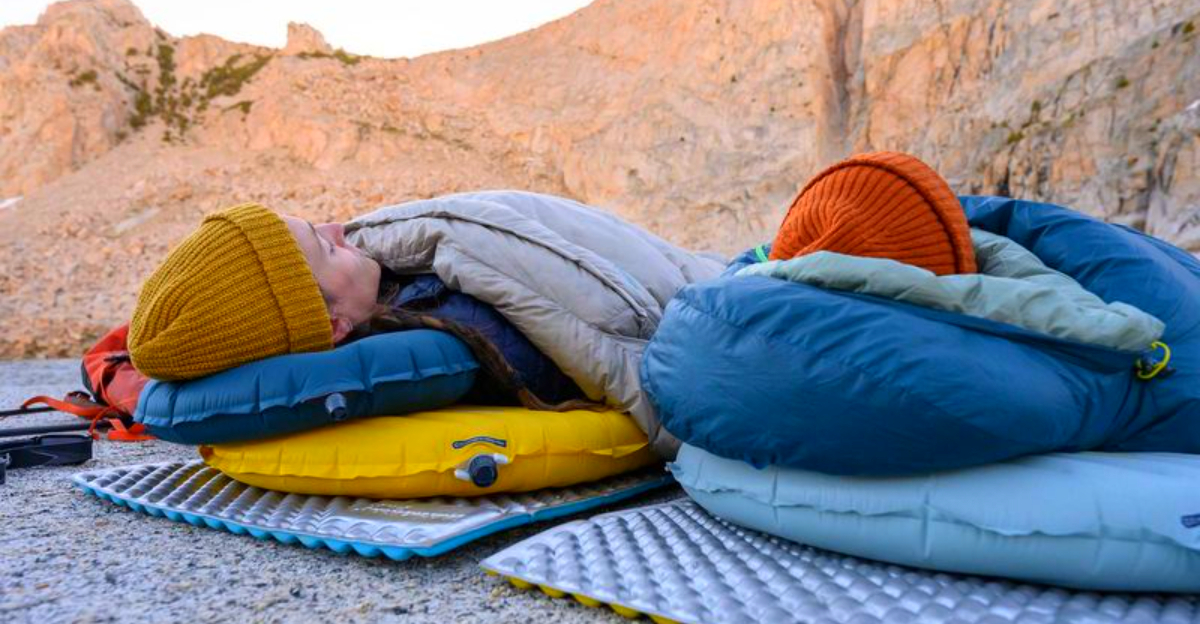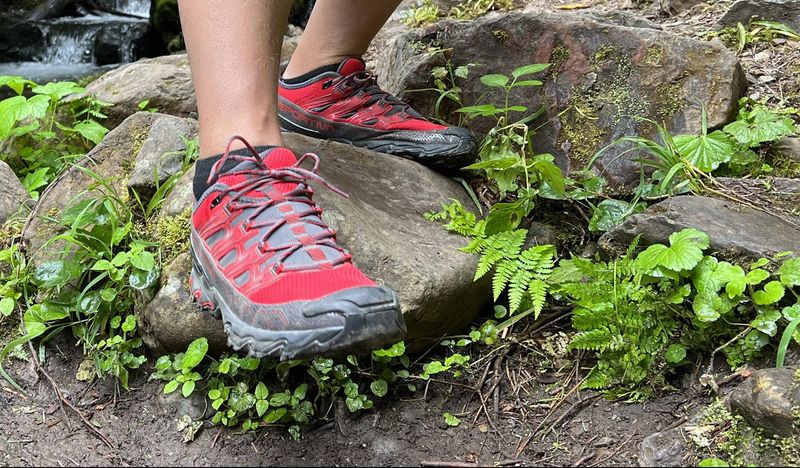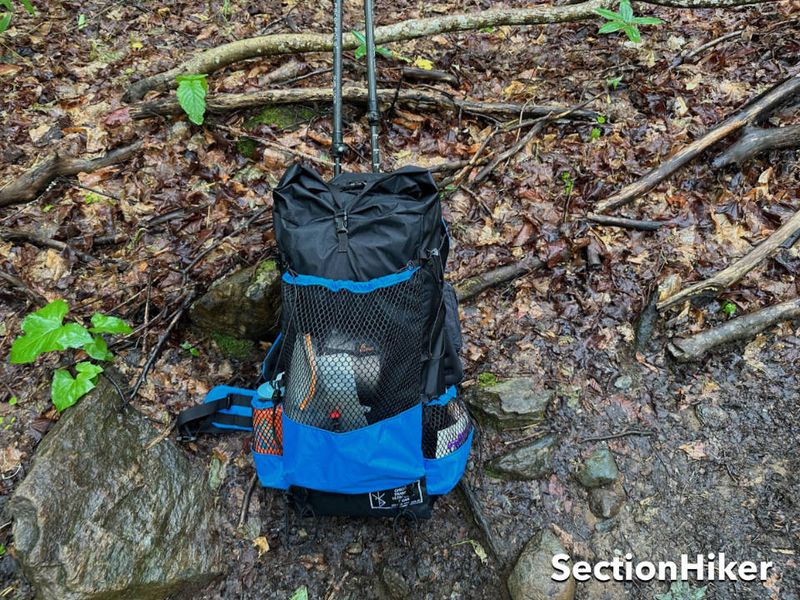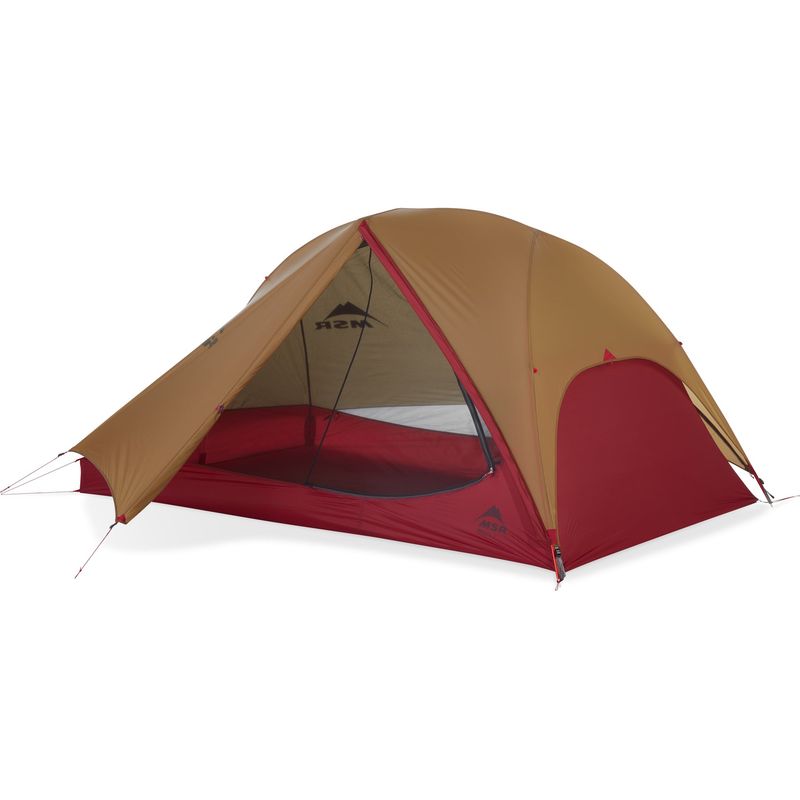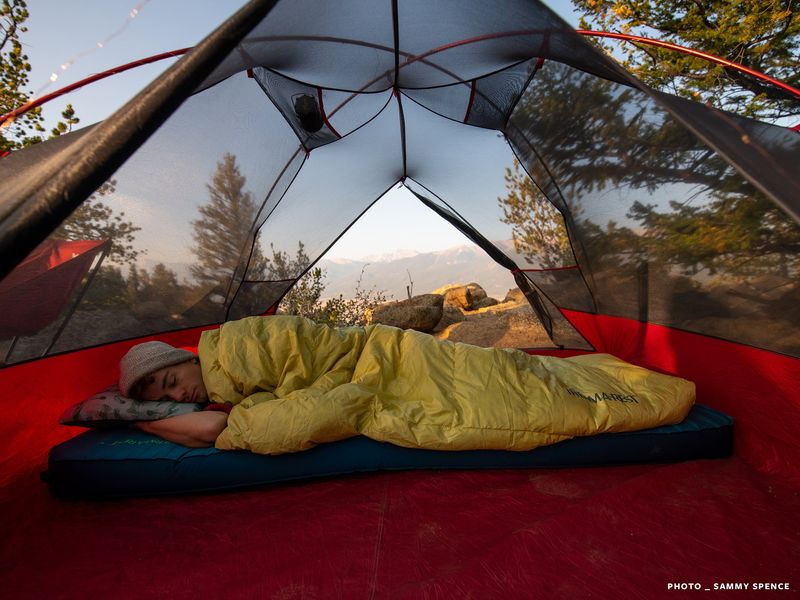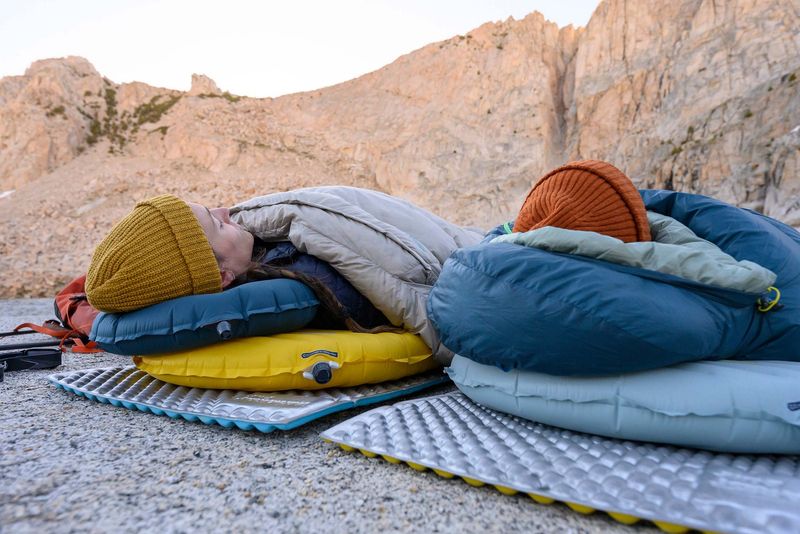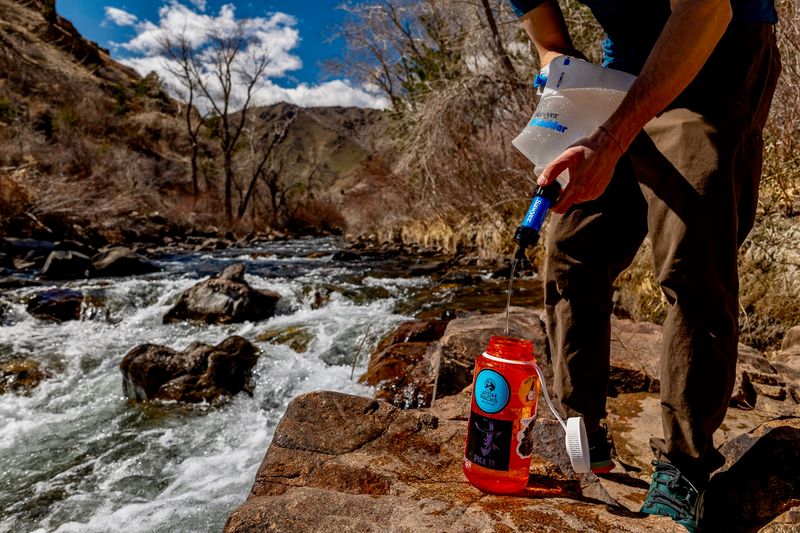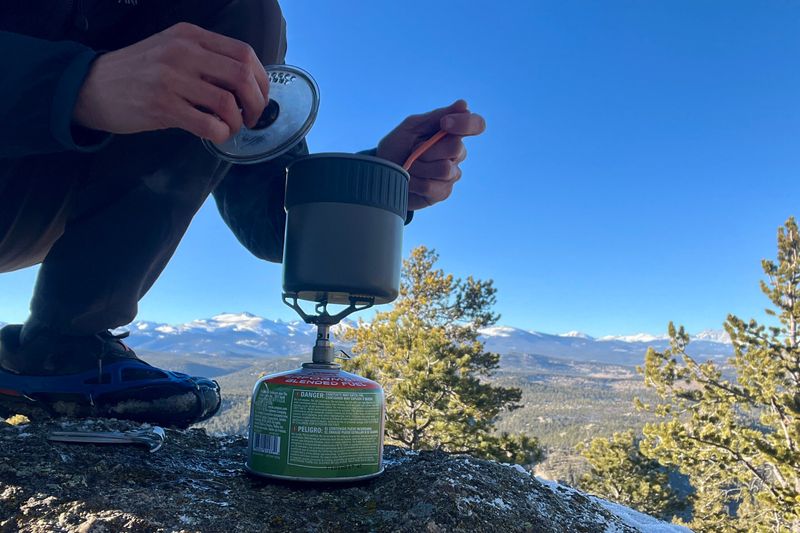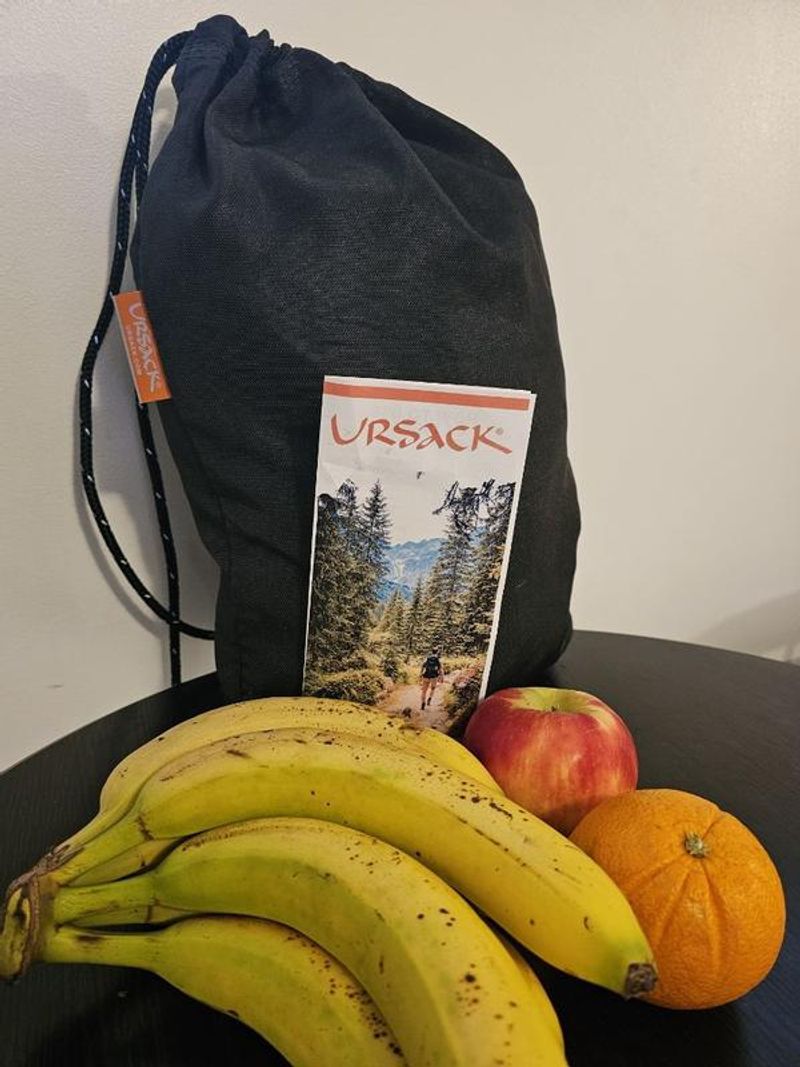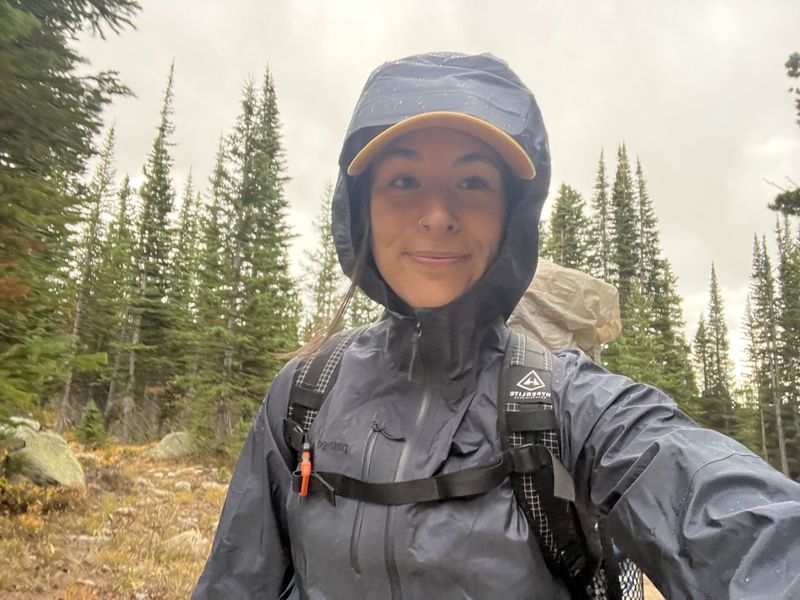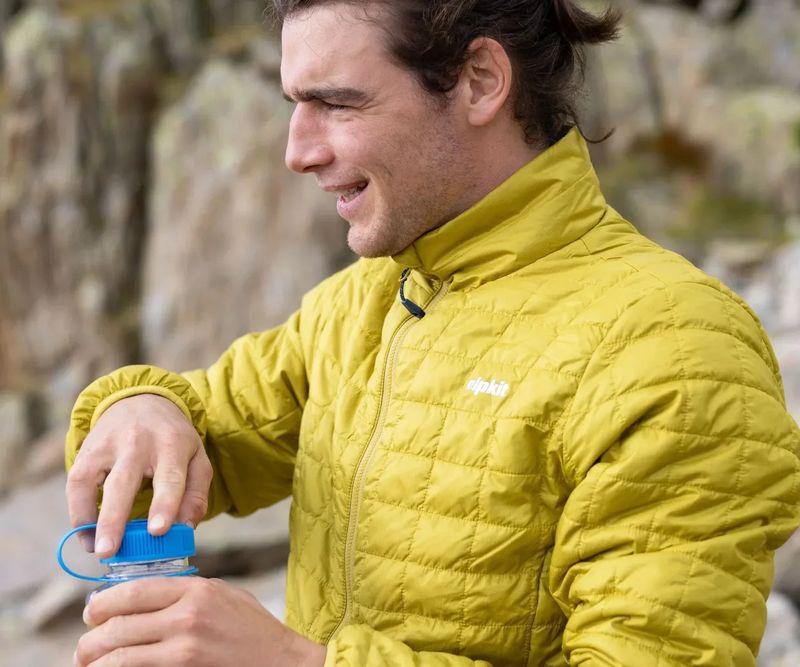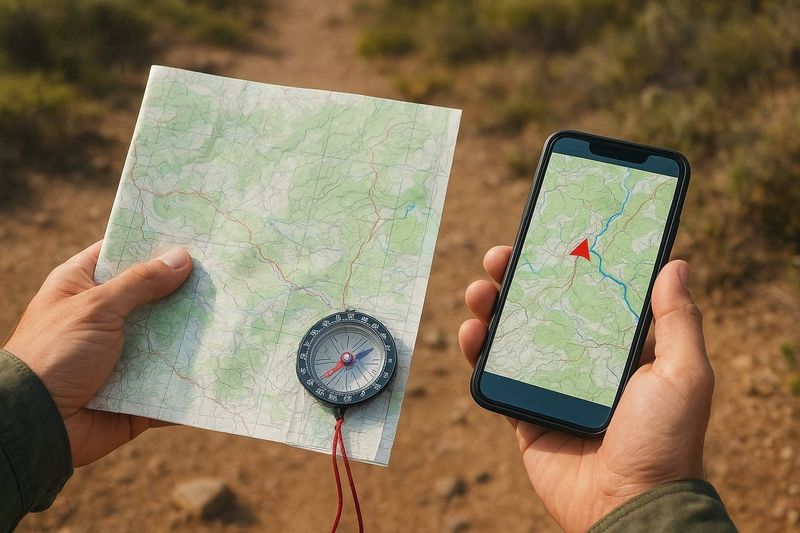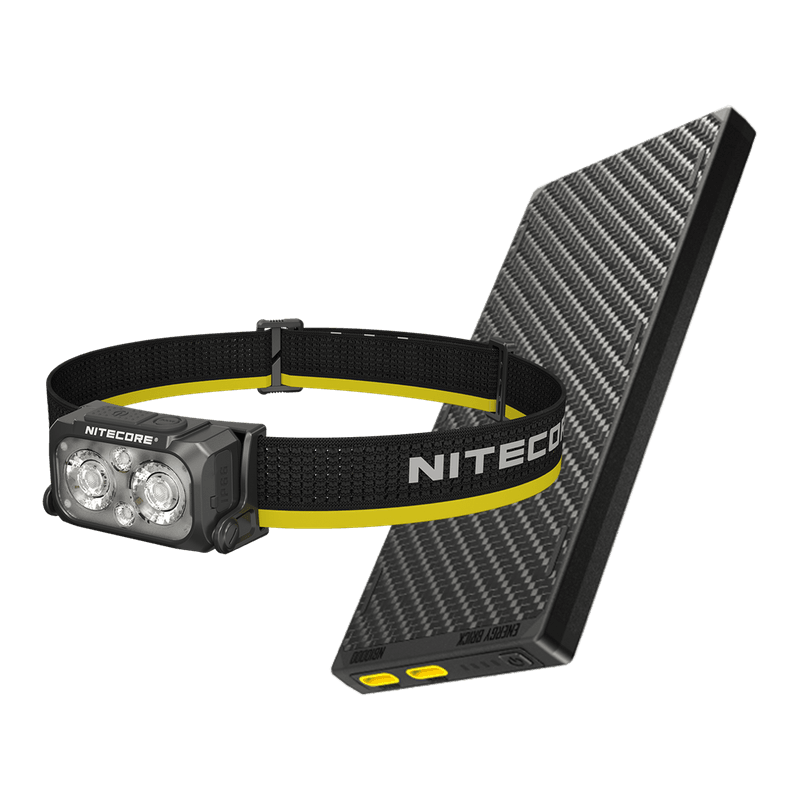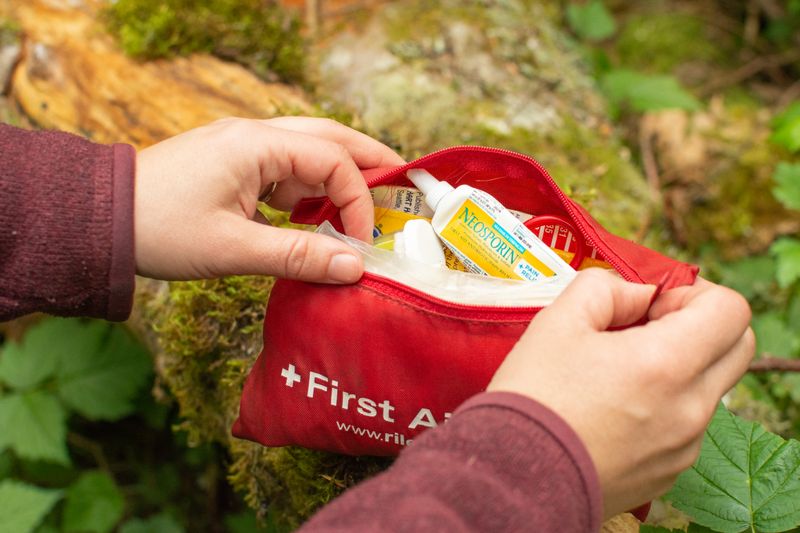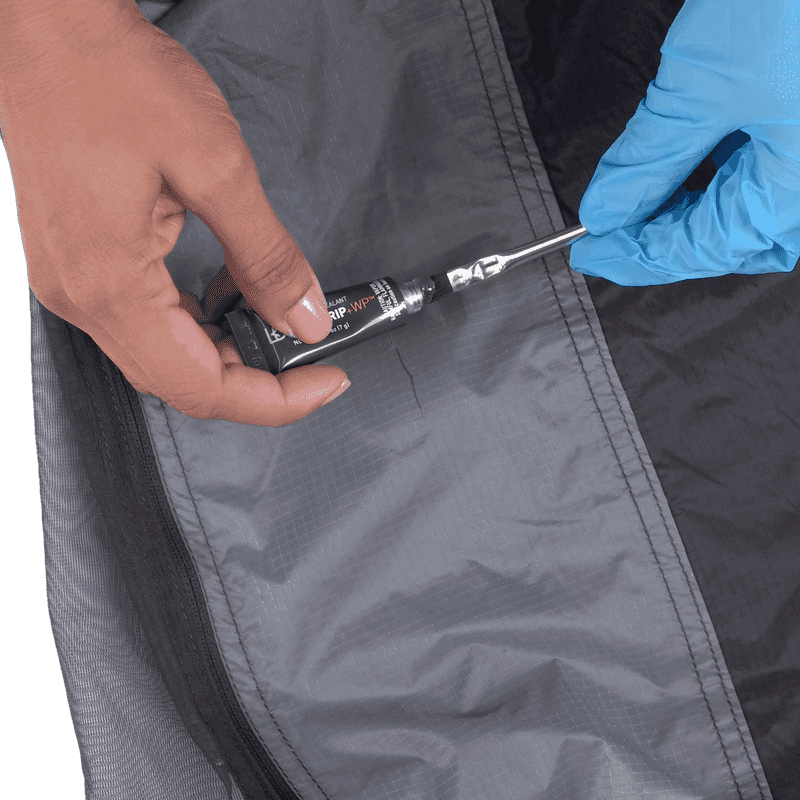Section hiking lets you tackle long trails piece by piece, but smart gear choices make all the difference between an exhausting slog and an adventure you’ll want to repeat. Packing lighter means moving faster and feeling fresher at camp, while the right essentials keep you safe when weather turns or the unexpected happens. These fourteen expert-backed items strike that sweet balance, proven protection without the pound-creep that wears you down mile after mile.
1. Trail Footwear (trail runners or light boots)
Every ounce on your feet feels like five on your back, so footwear choice ripples through your entire day. Trail runners dominate among thru-hikers because they dry fast, breathe well, and shave precious weight that would otherwise sap your energy over twenty-mile days.
Light boots earn their place when you’re shouldering heavier loads or scrambling across rocky, off-trail terrain where ankle support matters. The key is honest assessment: most groomed long trails reward speed and agility over armored protection.
Try both styles on varied terrain before committing, and remember that a lighter shoe often means fewer blisters and faster recovery between big mile days.
2. Framed Pack (50–60L sweet spot)
Carrying everything you need between resupply points demands a pack that balances volume, ventilation, and comfort without turning into a torture device. The 50-to-60-liter range hits that Goldilocks zone for section hikers: roomy enough for a week’s food and a bear canister, yet not so cavernous you’re tempted to overpack.
Internal frames transfer weight to your hips, and mesh back panels let air circulate so you’re not drenched in sweat by mile three. Popular models like the Osprey Exos 58 and ULA Circuit have earned cult followings for good reason—they disappear on your back.
Dial in your fit at a specialty shop and walk around with weighted loads to confirm the hip belt and shoulder straps don’t dig or sag.
3. Lightweight Tent or Tarp
After hiking big miles, you want shelter that goes up fast and keeps the elements at bay without punishing your shoulders all day. Freestanding designs like the Big Agnes Copper Spur HV UL2 offer two doors and vestibules, so you and a partner aren’t climbing over each other, and the roughly 2 lb 10 oz trail weight barely registers.
Tarps shave even more ounces and pack smaller, though they demand better site selection and a bit more skill in foul weather. Either way, prioritize breathable fabrics and solid stake-out points to manage condensation.
A fast-pitch shelter means more time cooking dinner, journaling, or simply resting tired legs under a roof you trust.
4. Sleeping Quilt or Bag (matched to forecast lows)
Sleep is where your body repairs muscle, consolidates memories, and recharges for the next day’s climb—skimp here and safety suffers alongside performance. High-quality down bags deliver unbeatable warmth-to-weight ratios in dry conditions, while ultralight synthetic quilts shine in damp climates where moisture is inevitable.
Match your insulation’s temperature rating to the coldest night you expect, then add a ten-degree buffer for comfort and changing weather. Quilts save weight by ditching the back insulation you’d compress anyway, relying on your sleeping pad beneath.
Pair your choice with a properly rated pad and you’ll wake refreshed instead of shivering through a miserable dawn.
5. Insulated Sleeping Pad (R-value ≈ 4–5 for shoulder seasons)
Most of your nighttime warmth comes from below, not above—cold ground sucks heat faster than any breeze. An insulated pad with an R-value around 4 to 5 keeps you comfortable in shoulder-season conditions when temperatures dip but snow hasn’t yet arrived.
The Therm-a-Rest NeoAir XLite NXT weighs roughly 13 ounces yet delivers an R-value of 4.5, proving you don’t need a bulky foam brick to sleep warm. Inflatable pads pack smaller and cushion better than closed-cell foam, though they do require care to avoid punctures.
Carry a patch kit and inflate fully each night so your bag’s insulation can loft properly and do its job.
6. Water Treatment
Streams may look pristine, but bacteria and protozoa don’t announce themselves with warning signs. Treating every water source protects you from gastrointestinal misery that can end a trip or worse.
The Sawyer Squeeze filter uses a 0.1-micron absolute pore size to block pathogens, weighs just ounces, and threads onto standard disposable bottles for easy squeezing into your reservoir. It’s a trail-proven workhorse that thousands trust daily.
In freezing conditions, keep your filter inside your jacket so it doesn’t crack, or switch to chemical tablets that work in any temperature. Clean water is non-negotiable—dehydration and illness sabotage every other piece of gear you carry.
7. Compact Canister Stove + Pot
Hot meals boost morale and warm you from the inside out when temperatures drop. A compact canister stove like the MSR PocketRocket 2 boils a liter in about 3.5 minutes, letting you cook fast and get back to resting or stargazing.
Canister stoves are foolproof: twist, click, light, done. Pair yours with a small pot that nests over the canister to save pack space, and always shield the flame from wind with a simple foil windscreen.
Stable cookware prevents spills that waste precious fuel and food. Whether you’re rehydrating a freeze-dried dinner or brewing morning coffee, reliable heat transforms a cold bivouac into a cozy camp.
8. Food Storage: Bear-Resistant Method (per local rules)
Keeping food secure isn’t just about protecting your dinner—it’s about keeping wildlife wild and following regulations that exist for everyone’s safety. The Ursack Major is an IGBC-certified bear-resistant bag that weighs far less than a hard canister yet still meets requirements in many areas.
Some parks and forests mandate hard canisters, especially in grizzly country, so always check local rules before you pack. Proper food storage also deters rodents that chew through packs and spread disease.
Hang or stash your Ursack away from camp, tie it securely, and sleep easier knowing a midnight visitor won’t trash your gear or put you in danger.
9. Rain Shell & Pack Cover/Liner
Staying dry preserves warmth, and warmth preserves your ability to think clearly and move safely. An ultralight rain shell like the Outdoor Research Helium uses Pertex Shield fabric to shed water while allowing sweat vapor to escape, so you’re not soaked from the inside.
Pair your jacket with a pack liner—a simple nylon dry bag or even a heavy-duty trash compactor bag works—to keep your sleeping bag and spare clothes bone-dry no matter how long the downpour lasts. Pack covers help but don’t seal seams the way a liner does.
Wet gear weighs more, insulates less, and saps morale faster than any blister ever could.
10. Active & Static Insulation
Your body generates heat when you’re moving, but the moment you stop for a snack or to pitch camp, that warmth evaporates fast. A breathable mid-layer like a fleece keeps you comfortable during climbs without causing a sweat-soaked mess.
At camp, swap to a puffy jacket—something like the Enlightened Equipment Torrid, which uses synthetic insulation that retains warmth even when damp. Layering gives you flexibility to adapt to shifting temperatures and activity levels throughout the day.
Carrying both means you’re never caught shivering or overheating, and that balance keeps your energy steady and your decision-making sharp when conditions change unexpectedly.
11. Navigation (map + compass + phone GPS backup)
Phones die, screens crack, and satellites occasionally lose signal—paper maps and a baseplate compass never run out of battery. Learning basic bearings and triangulation takes an afternoon but can save your life when technology fails in fog or dense forest.
Download offline maps to your phone as a convenient backup, but always carry a printed topo map of your route and the surrounding area. A small, clear baseplate compass weighs almost nothing and fits in any pocket.
Knowing where you are and where you’re headed keeps panic at bay and prevents small navigational errors from snowballing into dangerous detours or missed water sources.
12. Lighting & Power
Night hiking, setting up camp in twilight, or dealing with an emergency all demand reliable light. The Petzl Actik Core headlamp runs on a rechargeable battery or AAA backups, giving you dual-fuel flexibility so you’re never left fumbling in the dark.
Carry an up-to-date 10,000 mAh power bank to recharge your headlamp, phone, and any other USB devices. Avoid recalled models like the Anker PowerCore 10000 A1263 from 2016–2022, which posed fire risks.
A headlamp frees your hands for cooking, reading, or first aid, and a charged power bank ensures your navigation and communication tools stay alive through the entire section.
13. First-Aid & Personal Meds
Blisters, cuts, twisted ankles, upset stomachs, and allergic reactions don’t wait for convenient timing. A well-stocked first-aid kit tailored to your needs can mean the difference between a minor annoyance and a trip-ending emergency.
Start with a proven checklist—bandages, antiseptic, pain relievers, antihistamines—then customize for your medical history by adding prescription meds, leukotape for blister prevention, oral rehydration salts, and any personal essentials. Know how to use everything you pack.
Practice basic wound care and recognize early signs of heat exhaustion or hypothermia. Preparedness turns a scary moment into a manageable problem you can handle calmly on the trail.
14. Repair & Field Fixes
Small failures—a torn tent fly, a punctured pad, a broken pole—can end your trip if you can’t patch them on the spot. Tenacious Tape seals rips in fabrics instantly, a mini sewing kit handles loose straps and pack seams, and a spare lighter ensures you can always start your stove.
Toss in a short length of paracord for improvised repairs and a patch kit specifically for your sleeping pad. These items weigh ounces but buy you days of continued hiking.
Being able to MacGyver a fix in the backcountry keeps you self-reliant and turns potential disasters into stories you’ll laugh about later around the campfire.
